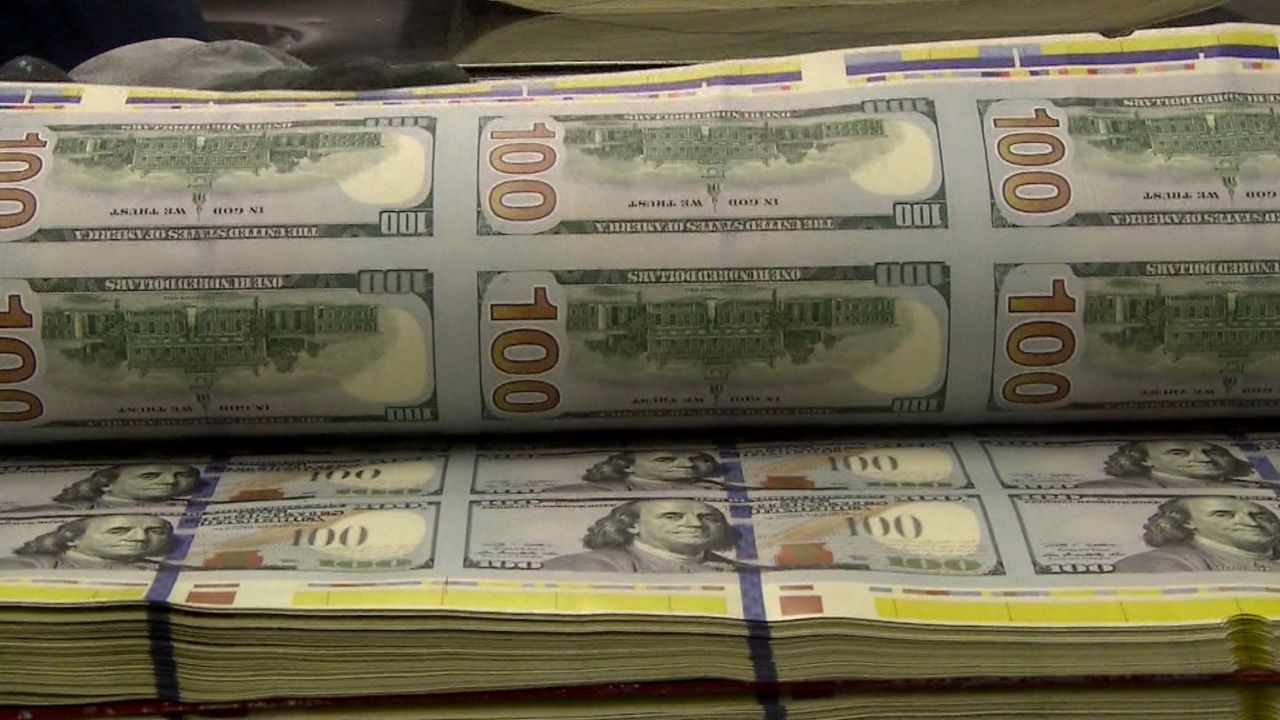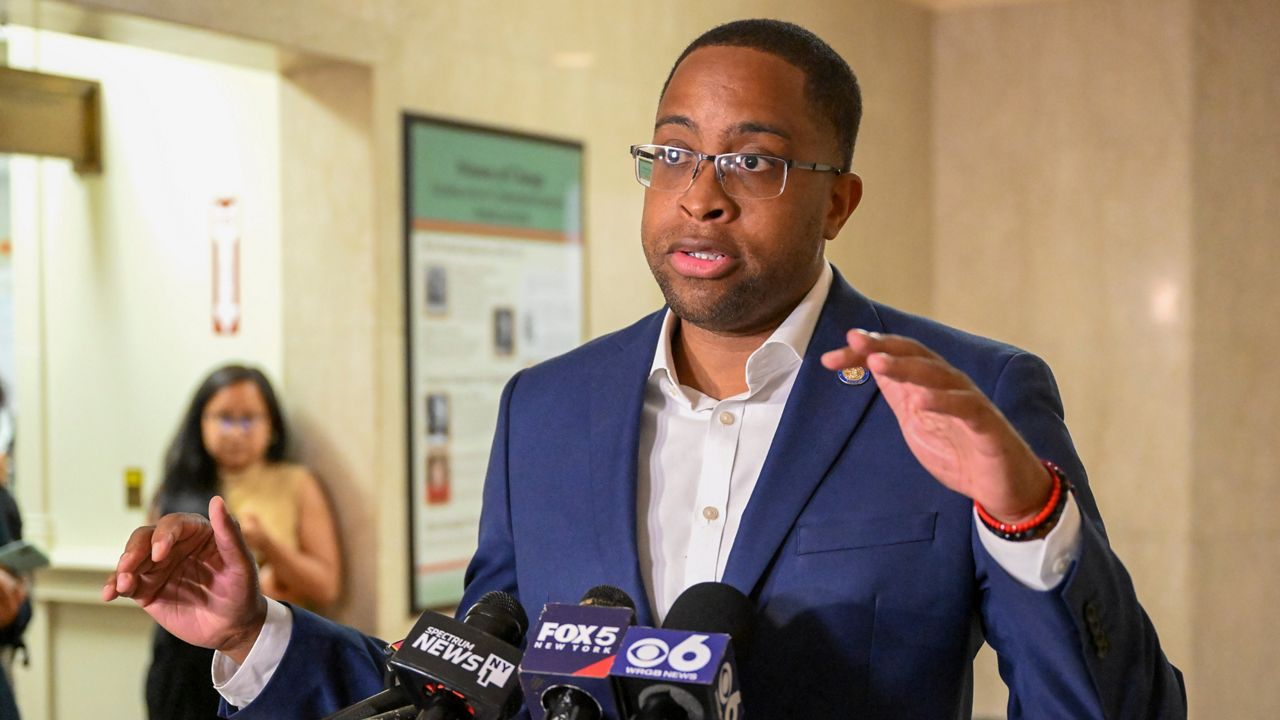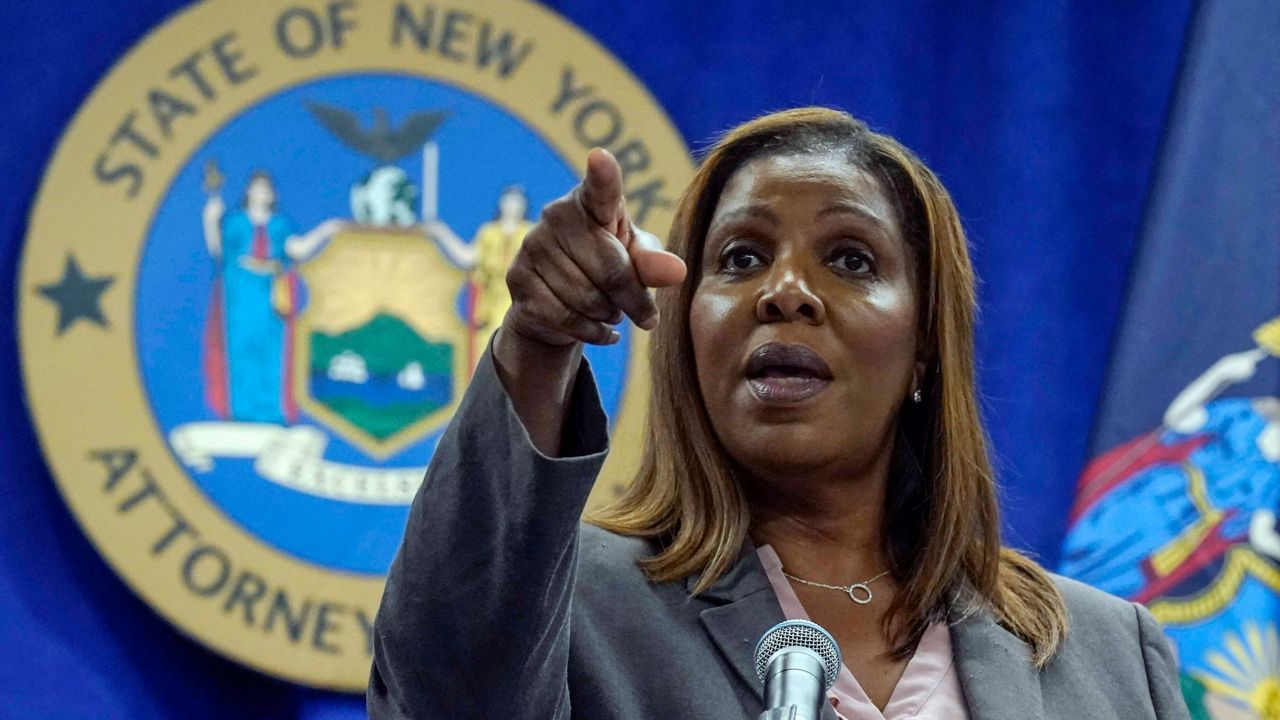The federal government has injected $272 billion in COVID-19 relief funding to New York, bolstering support for local governments, businesses and individual families that have struggled during the crisis.
But an economist at The New School in an analysis Tuesday pointed to sustained economic hardship in New York for many people, especially people of color, and the highest jobs deficit in the country.
"The share of New York's families experiencing hardship is alarmingly high, particularly among Black and Latinx populations, according to the latest Census data. The pandemic's economic effects have been extremely lopsided," said James Parrott, an economist for The New School's Center for New York City Affairs. "The continuing hardships experienced by a substantial number of low-income New Yorkers, particularly Black and Brown workers all across the state, calls for a more targeted response to connecting these workers with promising job openings, and providing additional skills training or education where necessary so that these workers can embody 'build back better.' "
New York has received $82.7 billion in federal unemployment benefits for workers as well as a combined $165 billion in CARES Act funding, which had been approved in the first month of the pandemic.
The subsequent American Rescue Plan sent an additional $84 billion to New York.
Parrot's analysis notes the billions of dollars in assistance for people who are jobless and in need of aid helped to absorb much of the economic blow created by the crisis.
COVID aid from the federal government nationally helped to reduce poverty by nearly a quarter for the first eight months of 2021.
But Parrot also pointed to continued outcomes for low-paid workers and small business owners in face-to-face industries that haven't recouped losses from the pandemic. At the same time, state tax revenues have been replenished.








